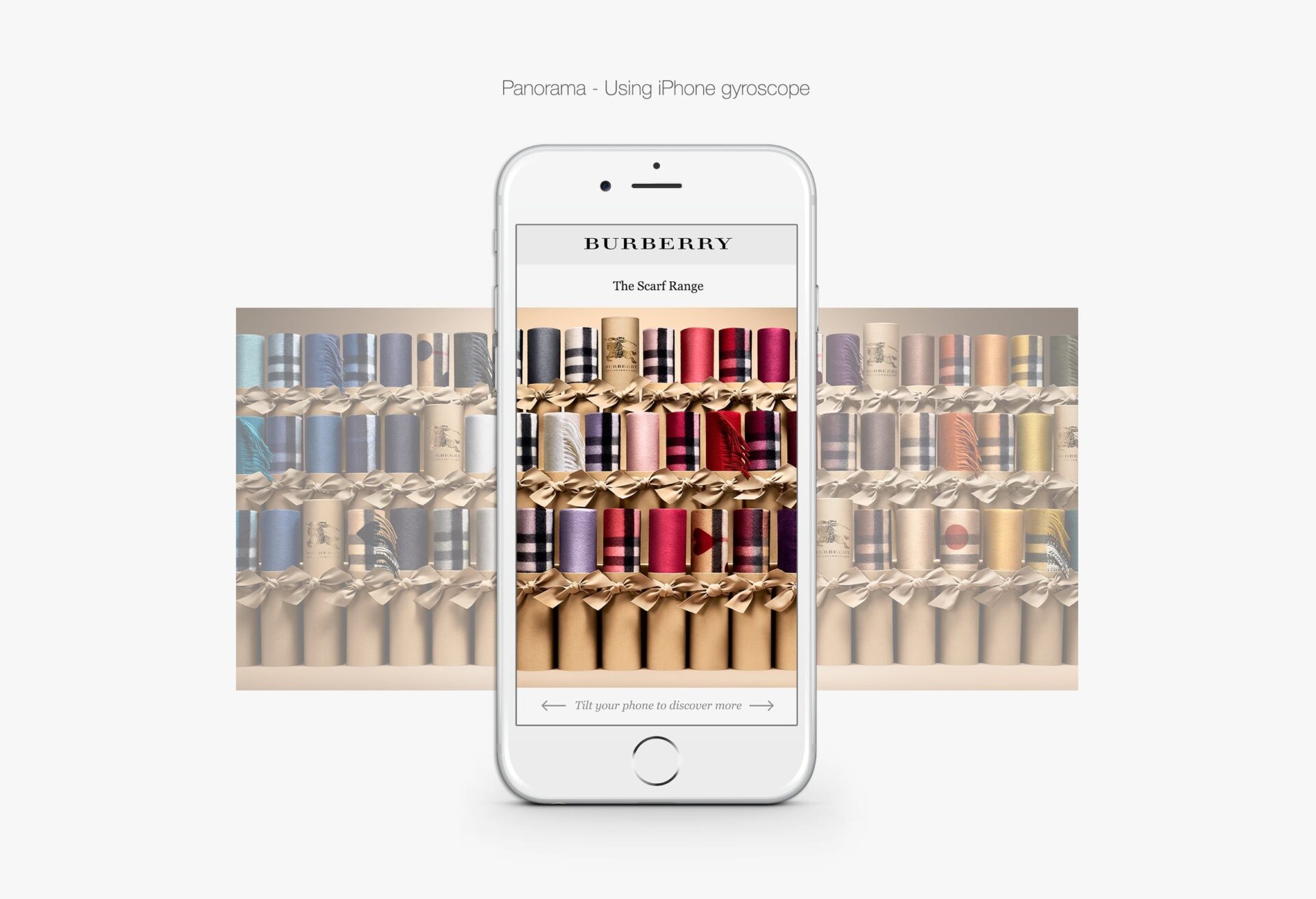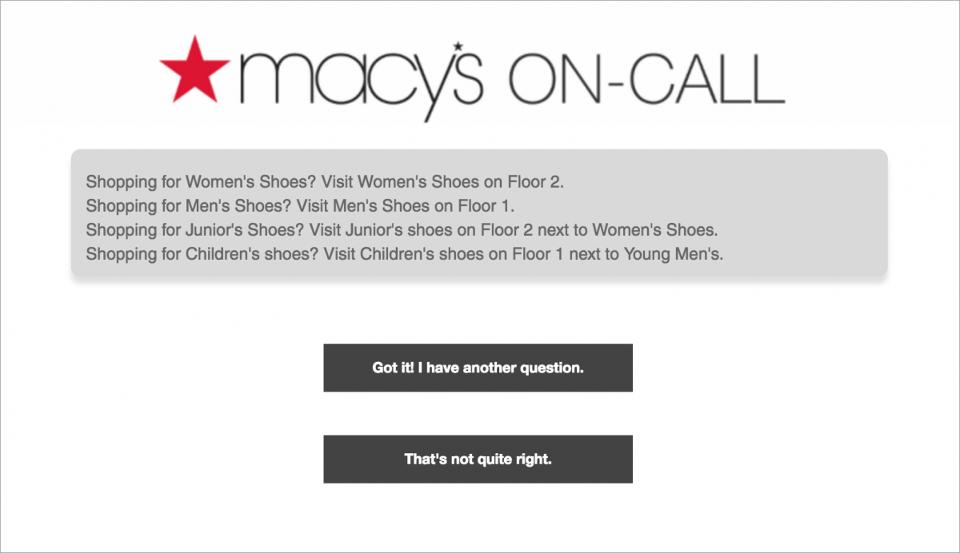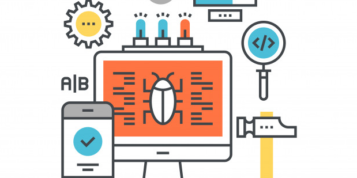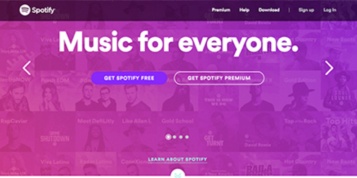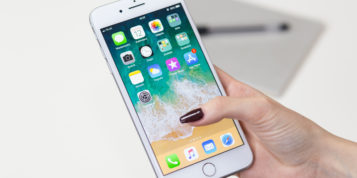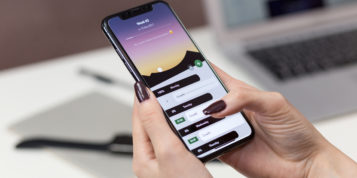There is no doubt that retailers recognise the importance of mobile. In a recent eCommera survey of 500 European retailers, “optimising the customer experience on mobile” came out as the number one business priority in digital for retailers over the next three years.
However, given the fast-moving nature of mobile, retailers cannot afford to wait. They must act now to capitalise on the vital role that mobile plays and take steps to improve the end-to-end customer experience.
To inspire you, here are five examples of retailers embracing mobile to drive engagement and conversion.
1. Burberry: Facebook Canvas Ads
A key mobile advertising opportunity for retailers to consider is Facebook’s Canvas ad units. These multi-layered adverts incorporate the native functions of the smartphone with rich media and can be swiped, tilted, and show video. One particularly successful use case is Burberry, which showcased their range of new styles and seasonal wear within the unit, with 53% of test subjects viewing at least half of the adverts according to Facebook.
2. Lancôme: Snapchat shoppable ads
When it comes to targeting millennials, Snapchat is the go-to social platform. Luxury perfume and cosmetics house Lancôme teamed up with Snapchat to deliver shoppable ads in between content on Cosmopolitan’s Discover channel, inviting users to swipe up for more information, which took them to a page where they could purchase the products viewed in the ads.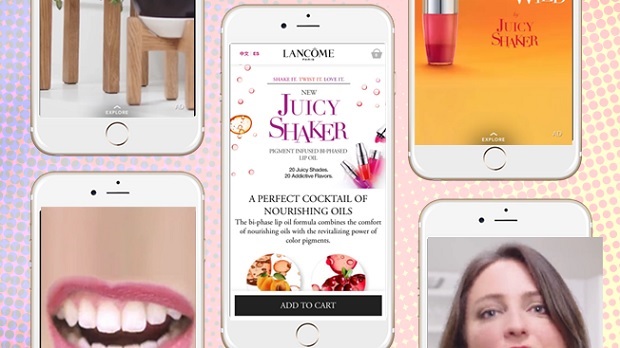
3. ASOS: Wishlisting functionality
At the consideration stage, your site should be a source of inspiration for your customers. Offering a wish list feature is a great way to get potential shoppers to engage with your site as they browse. Ampersand’s most recent Mobile Retail Report found that more than half of retailers now offer wish list functionality. However, many make it compulsory for shoppers to register in order to use this feature, requesting an email address and sometimes even full address details. Whilst this approach allows marketers to capture more data, it also undermines the benefits of the wish list feature.
ASOS is one retailer that allows shoppers to add items to a wishlist without having an account. Consider carefully the positioning and appearance of the wishlist icon – most retailers use a heart or star icon.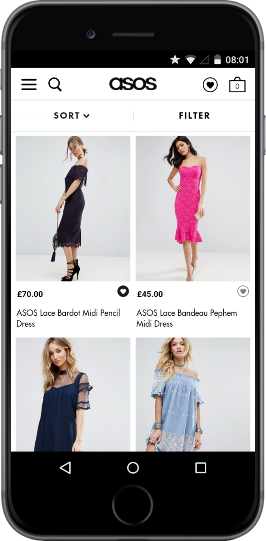
4. Home Depot: Geo-targeting
Almost one in three respondents in our consumer survey said they are happy for brands to identify their location using their mobile and send them messages or content based on what they are doing or what’s nearby, such as offers for shops they are physically near.
In this context, consider how you can use geo-targeting to send highly targeted, personalised messages to consumers, such as promotions or coupons, to drive store footfall. Home Depot, for instance, used Google’s extensions for display ads to reach home and garden enthusiasts on the move. Using a combination of interstitials and banner ads, Home Depot increased its in-store ROI on mobile display ad spend more than eight-fold, with 93% of sales created by the ads happening in-store.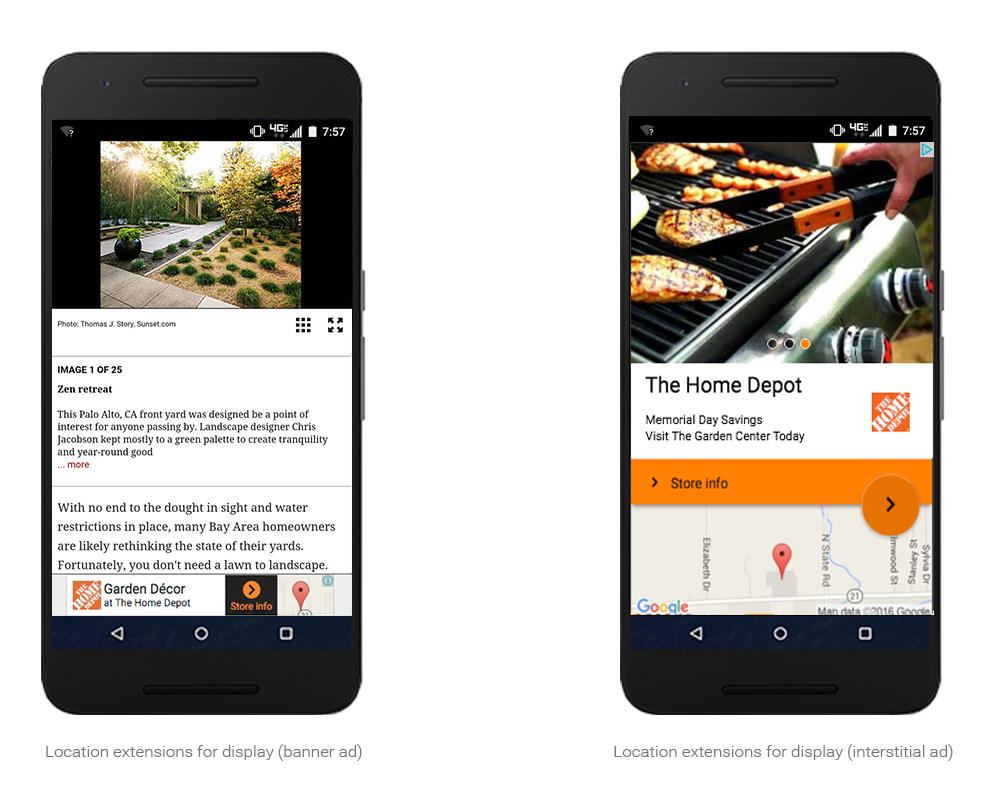 5. Macy’s: In-store shopping assistant
5. Macy’s: In-store shopping assistant
The role of mobile in store is also evolving. Mobile apps are particularly relevant for larger department stores, as well as shopping centres, which can use mobile to guide people around the store or mall and remove friction from their journey. There are additional benefits to this approach, in that, in ICSC’s survey, 80% of those who have shopping centre apps choose to receive notifications about sales, promotions or special events while shopping, giving marketers another valuable brand touch point.
Macy’s on call shopping companion app is one great example. The shopping app supports customers at specific stores by helping them locate and research items and brands. The app users a chatbot to offer instant feedback to users in a natural language, using AI to learn and improve its responses.
Keen to find out more about the mobile commerce opportunity? Check out our latest content series – How to optimise your mobile customer experience – for more practical mobile CX and UX tips.
